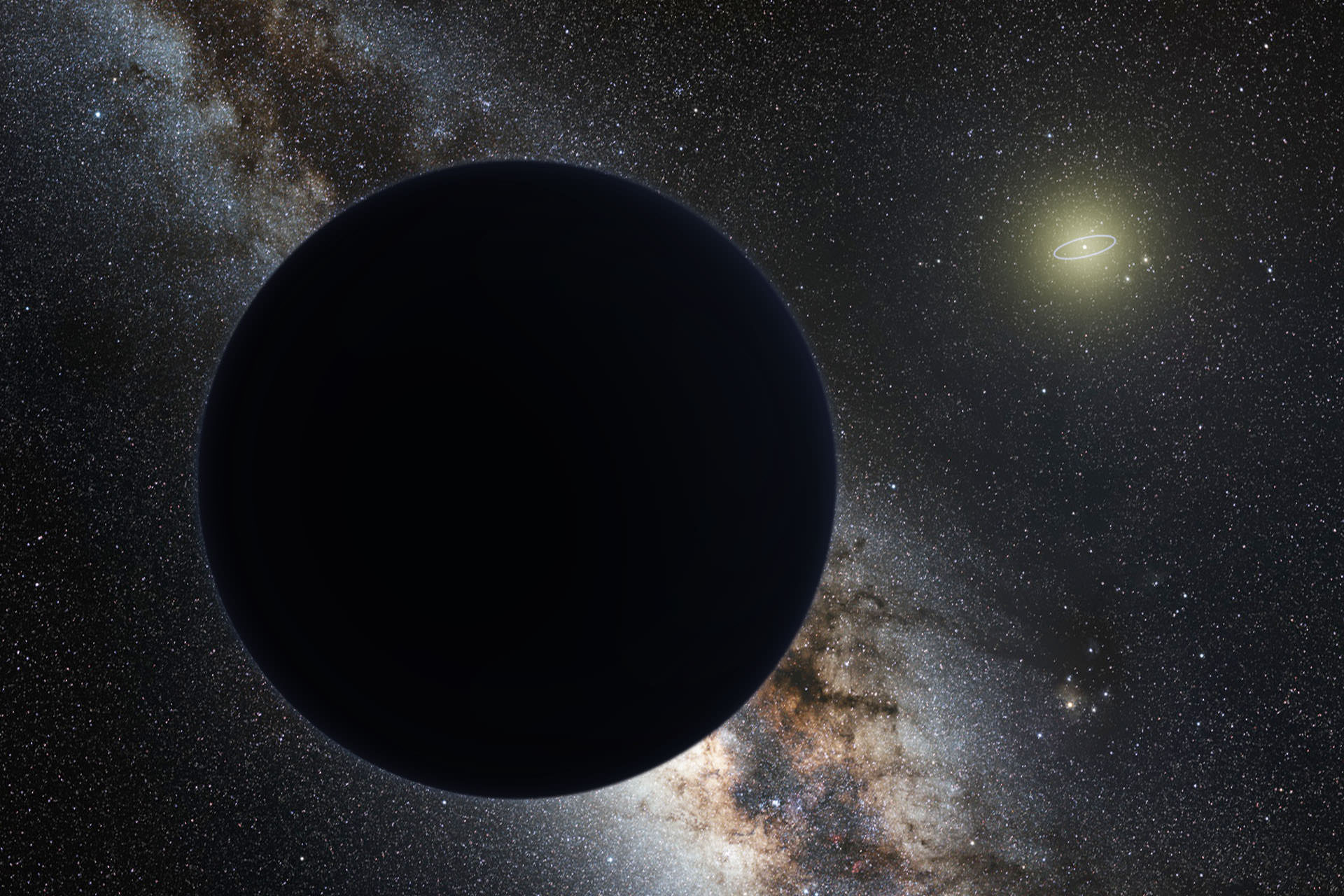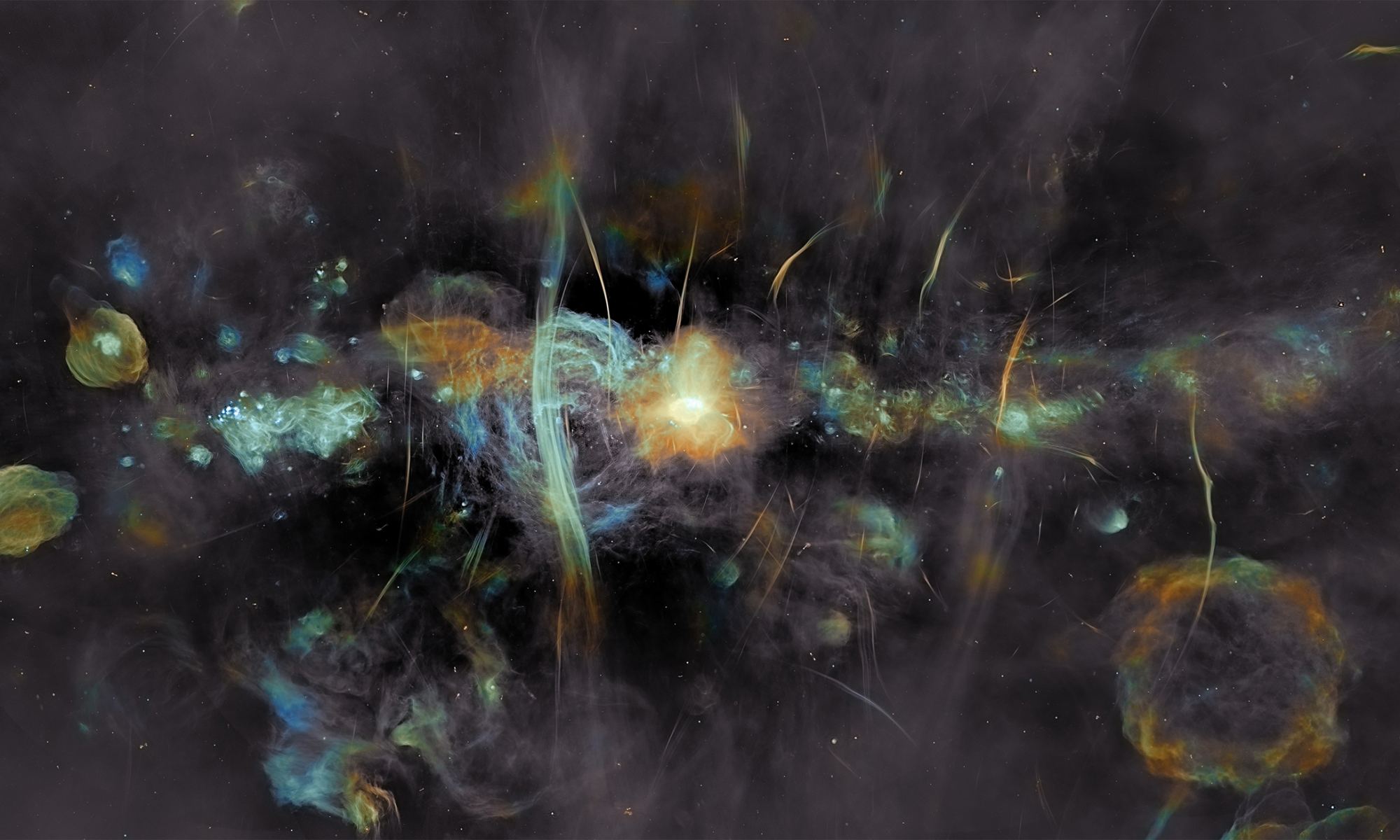We are all familiar with the atmosphere of the Earth and part of this, the ionosphere, is a layer of weakly ionized plasma. It extends from 50 to 1,500 km above the planet. It’s a diffuse layer but sufficient to interfere with satellite communications and navigation systems too. A team of researchers have come up with an intriguing idea to utilise millions of mobile phones to help map the ionosphere by relying on their GPS antennas.
Continue reading “Millions of Phones Could Map the Earth’s Ionosphere”Detecting Primordial Black Hole Mergers Might be Within Our Grasp
Imagine a black hole with the mass of the asteroid Ceres. It would be no larger than a bacterium and practically undetectable. But if such black holes are common in the Universe, they would affect the motions of stars and galaxies, just as we observe. Perhaps they are the source of dark matter.
Continue reading “Detecting Primordial Black Hole Mergers Might be Within Our Grasp”What’s Behind the Martian Methane Mystery?

The seasonal variations of methane in the Martian atmosphere is an intriguing clue that there might be life hiding under the surface of the red planet. But we won’t know for sure until we go digging for it.
Continue reading “What’s Behind the Martian Methane Mystery?”Scientists Develop Technique to Create 3D Models of Cosmic Structures
For decades, astronomers have used powerful instruments to capture images of the cosmos in various wavelengths. This includes optical images, where visible light is observed, and images that capture non-visible radiation, ranging from the radio and infrared to the X-ray and Gamma-ray wavelengths. However, these two-dimensional images do not allow scientists to infer what the objects look like in three dimensions. Transforming these images into a 3D space could lead to a better understanding of the physics that drives our Universe.
In a recent study, an international team of researchers led by the Minnesota Institute for Astrophysics (MIfA) at the University of Minnesota announced the development of a new technique for radio astronomy. This first-ever technique reconstructs radio images into three-dimensional “Pseudo3D cubes” that allow astronomers to get a better idea of what cosmic structures look like. This technique could lead to an improved understanding of how galaxies, massive black holes, jet structures, and the Universe work.
Continue reading “Scientists Develop Technique to Create 3D Models of Cosmic Structures”The Best Way to Find Planet Nine Might Be Hundreds of Tiny Telescopes

Ever since William Herschel discovered Uranus in 1781, astronomers have been eager to find new planets on the outer edge of the solar system. But after the discovery of Neptune in 1846, we’ve found no other large planets. Sure, we discovered Pluto and other dwarf planets beyond it, but nothing Earth-sized or larger. If there is some planet nine, or “Planet X” lurking out there, we have yet to find it.
Continue reading “The Best Way to Find Planet Nine Might Be Hundreds of Tiny Telescopes”It Takes Very Special Conditions to Create This Bizarre Stellar Spectacle

A stellar odd couple 700 light-years away is creating a chaotically beautiful display of colourful, gaseous filaments. The Hubble captured the pair, named R Aquarii, and their symbiotic interactions. Every 44 years the system’s violent eruptions blast out filaments of gas at over 1.6 million kilometers per hour.
Continue reading “It Takes Very Special Conditions to Create This Bizarre Stellar Spectacle”A New Look a the Most Ancient Light in the Universe
In the earliest moments of the Universe, the first photons were trapped in a sea of ionized gas. They scattered randomly with the hot nuclei and electrons of the cosmic fireball, like tiny boats in a stormy sea. Then, about 370,000 years after the big bang, the Universe cooled enough for the photons to be free. After one last scattering, they could finally ply interstellar space. Some of them traveled across 14 billion years of space and time to reach Earth, where we see them as part of the cosmic microwave background. The remnant first light of creation.
Continue reading “A New Look a the Most Ancient Light in the Universe”Space Tourism: The Good, The Bad, The Meh

Space tourism here is here to stay, and will likely remain a permanent fixture of near-Earth activities for the foreseeable future. But is it worth it?
Continue reading “Space Tourism: The Good, The Bad, The Meh”New Study Examines Cosmic Expansion, Leading to a New Drake Equation

In 1960, in preparation for the first SETI conference, Cornell astronomer Frank Drake formulated an equation to calculate the number of detectable extraterrestrial civilizations in our Milky Way. Rather than being a scientific principle, the equation was intended as a thought experiment that summarized the challenges SETI researchers faced. This became known as the Drake Equation, which remains foundational to the Search for Extraterrestrial Intelligence (SETI) to this day. Since then, astronomers and astrophysicists have proposed many updates and revisions for the equation.
This is motivated by ongoing research into the origins of life on Earth and the preconditions that led to its emergence. In a recent study, astrophysicists led by Durham University produced a new model for the emergence of life that focuses on the acceleration of the Universe’s expansion (aka. the Hubble Constant) and the number of stars formed. Since stars are essential to the emergence of life as we knot it, this model could be used to estimate the probability of intelligent life in our Universe and beyond (i.e., in a multiverse scenario).
Continue reading “New Study Examines Cosmic Expansion, Leading to a New Drake Equation”Pentagon’s Latest UFO Report Identifies Hotspots for Sightings

The Pentagon office in charge of fielding UFO reports says that it has resolved 118 cases over the past year, with most of those anomalous objects turning out to be balloons. But it also says many other cases remain unresolved.
This year’s legally mandated report from the Department of Defense’s All-Domain Anomaly Resolution Office, or AARO, also identifies areas of the world that seem to be hotspots for sightings of unidentified flying objects. Such objects have been re-branded as unidentified anomalous phenomena, or UAPs.
Today’s report come just one day after a House subcommittee hearing about UAPs, during which witnesses — and some lawmakers — voiced concerns about potential alien visitations and undisclosed efforts to gather evidence. In contrast, the Pentagon’s report for the 2023-2024 time period states that, “to date, AARO has discovered no evidence of extraterrestrial beings, activity or technology.”
Continue reading “Pentagon’s Latest UFO Report Identifies Hotspots for Sightings”



